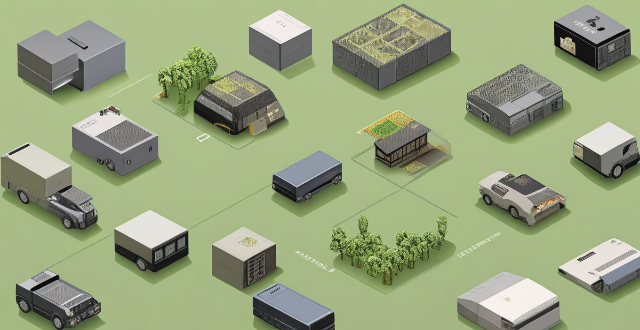The article explores the potential applications and limitations of Huawei's battery technology across various electronic devices, including smartphones, tablets, laptops, wearable devices, and electric vehicles. It highlights the innovative features of Huawei's battery technology, such as fast charging, long-lasting battery life, and energy efficiency, and discusses the compatibility issues, cost considerations, and regulatory challenges that may arise when integrating the technology into different devices.

Can Huawei's Battery Technology be Applied to Other Electronic Devices?
Huawei, a leading global technology company, has made significant advancements in battery technology. The question arises whether these advancements can be applied to other electronic devices. In this article, we will explore the possibilities and limitations of applying Huawei's battery technology to various electronic devices.
What is Huawei's Battery Technology?
Huawei's battery technology includes several innovative features such as:
- Fast Charging: Huawei's smartphones are known for their fast charging capabilities, allowing users to charge their devices quickly.
- Long-lasting Battery Life: Huawei's devices are designed to have a long battery life, ensuring that users can use their devices for extended periods without having to recharge them frequently.
- Energy Efficiency: Huawei's devices are optimized for energy efficiency, reducing power consumption and extending battery life.
Applications of Huawei's Battery Technology
Smartphones and Tablets
Given that Huawei's battery technology is primarily developed for smartphones, it is most naturally applicable to other smartphones and tablets. The fast charging and long-lasting battery life features would be particularly beneficial for these devices.
Laptops and Notebooks
Laptops and notebooks are another category of electronic devices that could benefit from Huawei's battery technology. Fast charging and long-lasting battery life are essential features for mobile workers who need to stay connected throughout the day.
Wearable Devices
Wearable devices such as smartwatches and fitness trackers could also benefit from Huawei's battery technology. The energy efficiency feature would be particularly beneficial for these devices, as they often have limited battery capacity.
Electric Vehicles
While it may seem like a stretch, electric vehicles (EVs) could potentially benefit from Huawei's battery technology. The fast charging feature could reduce the time required to charge an EV, making it more convenient for drivers. Additionally, the long-lasting battery life feature could increase the range of an EV, reducing the need for frequent charging.
Limitations of Applying Huawei's Battery Technology
While there are many potential applications for Huawei's battery technology, there are also some limitations to consider:
- Compatibility Issues: Not all electronic devices are designed to accommodate Huawei's battery technology. Compatibility issues may arise when trying to integrate the technology into different devices.
- Cost Considerations: Integrating Huawei's battery technology into other electronic devices may increase the cost of production, which could ultimately affect the retail price of the devices.
- Regulatory Challenges: Depending on the region, there may be regulatory challenges associated with integrating Huawei's battery technology into other electronic devices. This could delay or prevent the adoption of the technology in certain markets.
In conclusion, while there are many potential applications for Huawei's battery technology across various electronic devices, there are also some limitations to consider. Nonetheless, if these challenges can be overcome, Huawei's battery technology has the potential to revolutionize the way we power our electronic devices.